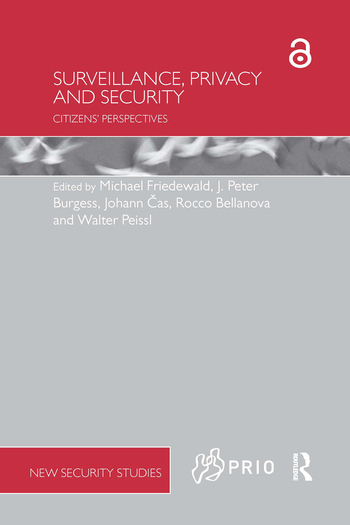Access Control Should Always be the First Layer of Security

Security industry professionals seem to hold differing opinions on whether video surveillance or access control is the predominant platform when implementing an integrated security solution. Truth of the matter is that access control systems are more prevalent in terms of the sheer number of systems deployed, the size and scale of deployments and actual daily engagement by users. And for good reason! When a potentially threatening event unfolds, an access control system can instantly shut down a facility, or specific areas within it, potentially saving lives.
There is no doubt that access control technology is progressing and evolving at the fastest pace ever in the security industry. And the need for enhanced security due to new sources of threats, increased liability and even mandated compliance has made more funds available to public and private entities to enhance security. As a result, more and more money has been allocated in recent years to help keep unwanted people from entering facilities.
The Foundation for Layered Security
Access control solutions provide the basis for layered security solutions that do far more than simply allow electronic access using credentials. They provide complete record of who has entered a facility, which areas within the facility they accessed (or attempted to access) and how long they stayed. In most systems, electronic door locks are connected to a centralized access control system allowing them to be remotely monitored and locked in the event of an emergency or incident. Assigning different access permissions for employees, visitors and first responders provides even greater levels of protection and tracking. Entry control points can be easily established to only allow authorized individuals initial access to a facility or specific areas within the facility.
Access control solutions allow authorized individuals to manage doors and alarm points, and can easily be integrated with visitor management solutions to check the background of each visitor, automatically post watch lists and provide specific access privileges based on time, date and location.
Even more, new input/output (I/O) boards for access control systems can expand functionality and provide real-time operations for speed, performance and reliability. Using the same footprint, I/O expansion boards will work with alarm monitoring, alarm annunciation, building management, interfacing to burglar and fire panels and numerous other applications to ensure security. Additional safeguards to control entry points may include the integration of turnstiles or security entrances, mantraps, video surveillance with analytics, wireless locks, intercoms and intrusion detection devices, among others.
Integrating Emergency Notification and Communications with Access Control
When an emergency situation arises due to a tripped alarm, a watch list match or severe weather alert, system-wide communication is essential in facilities with large numbers of occupants. Additional information such as room condition and the status of its occupants helps quickly evaluate a situation and determine the most appropriate response to initiate including the need to lockdown all entry points, seek shelter-in-place or evacuate. The real-time situational awareness provided through an integrated emergency notification and communications solution is proven to enhance provide better levels of protection and improve overall physical security.
For example, a layered security system comprised of integrated access control and emergency notification and communication solutions allows occupants to report on immediate conditions to identify the threat level in their specific locations, and trigger a physical lockdown in the affected areas or throughout the facility. Security management can then issue an alert to notify responders of conditions in real time while communicating status based on the level of the alert.
Conversely, occupants within the facility can report status at their specific location enabling security management and first responders to gain an accurate assessment of the threat. Employing a chat feature also enables two-way communications between facility occupants and security management and first responders to exchange detailed information. This enables potentially lifesaving instructions to be sent to specific locations within the facility to evacuate or seek shelter in place depending on the immediate status and proximity of the potential threat.
In emergency situations, integrated access control and emergency notification and communication solutions deliver the ability to quickly secure a facility and implement the appropriate responses – with or without the added data provided from video surveillance. That said, the best approach to implementing a layered security solution should always start with access control at the foundation.
Looking for a reprint of this article?
From high-res PDFs to custom plaques, order your copy today!









